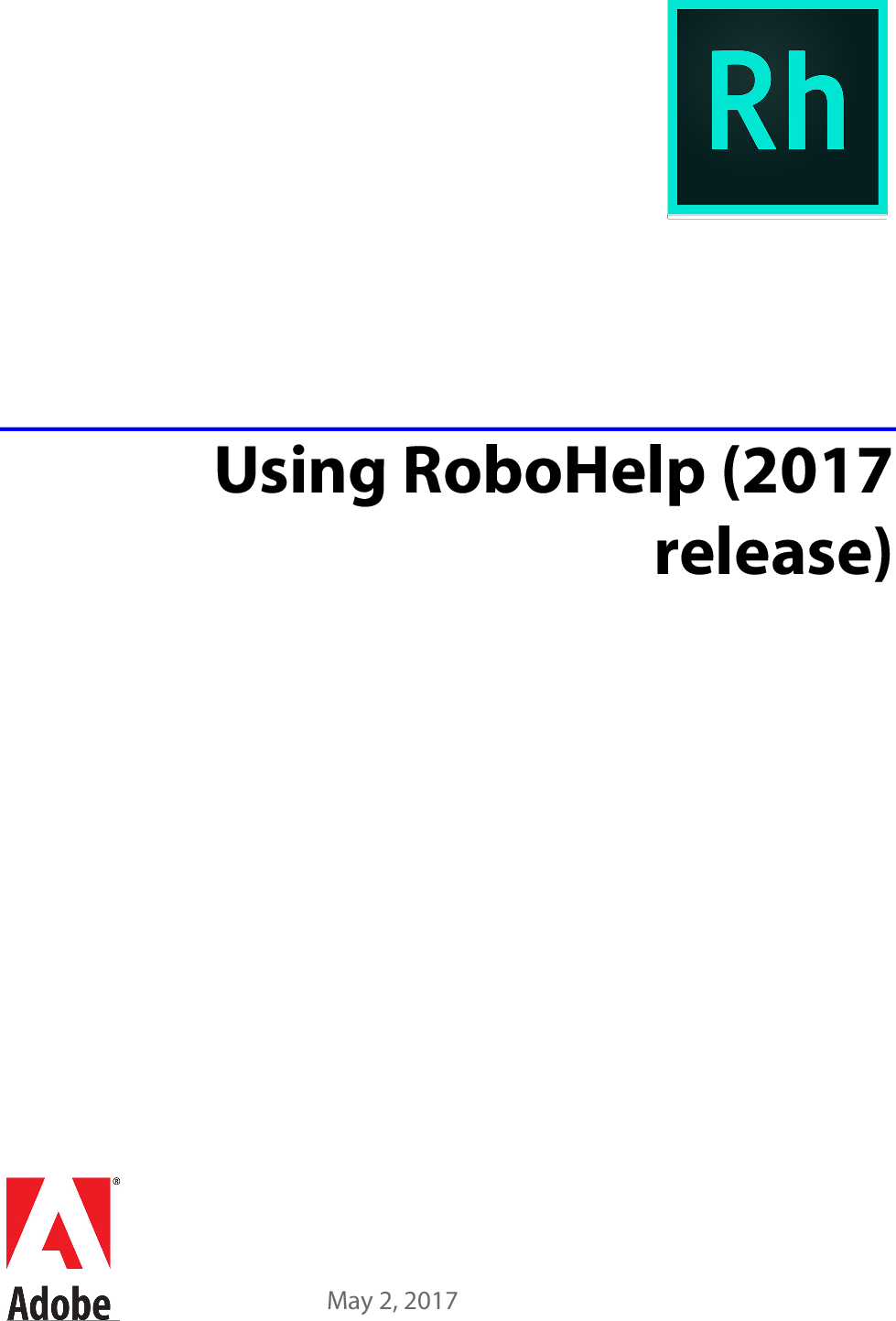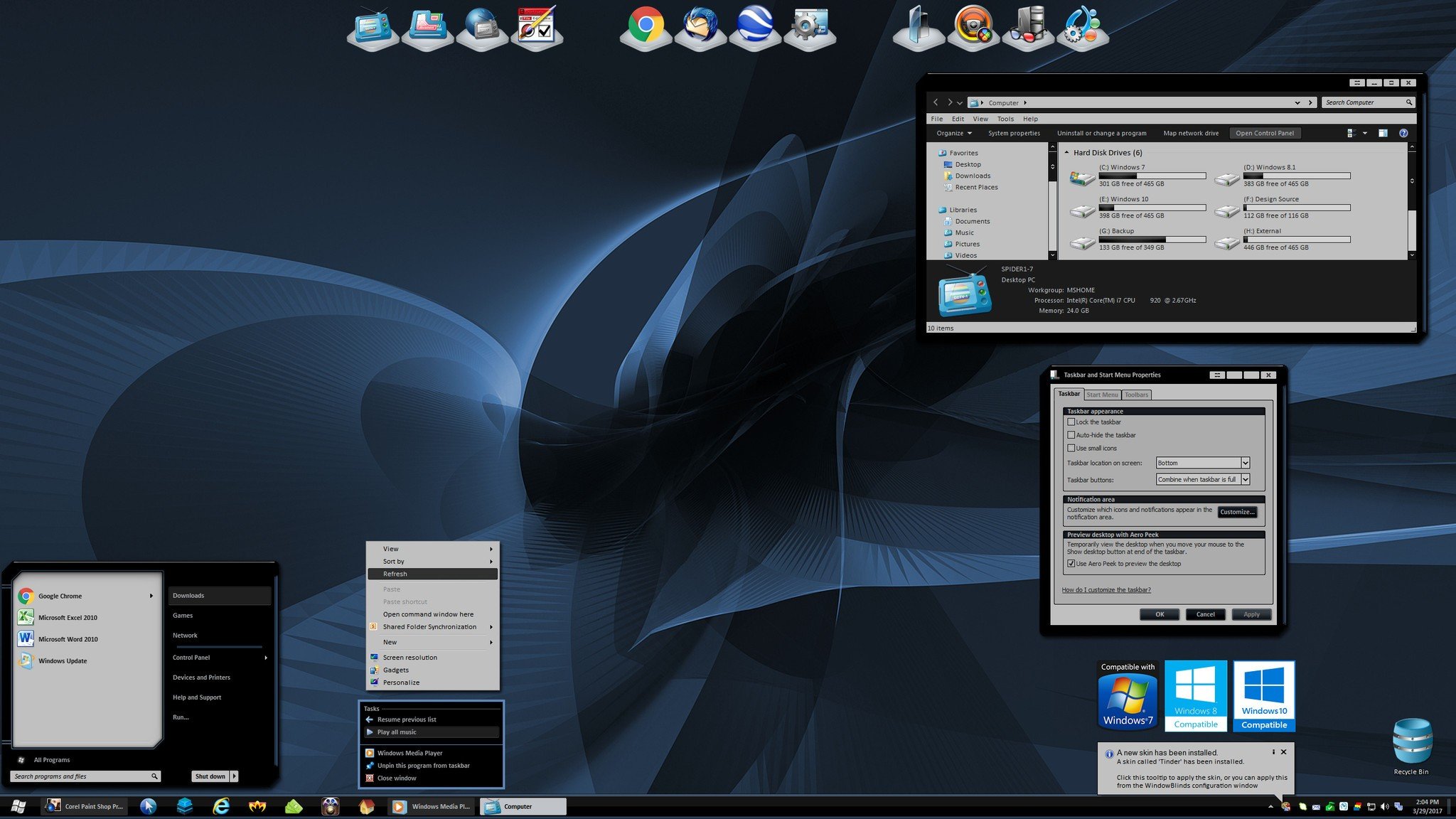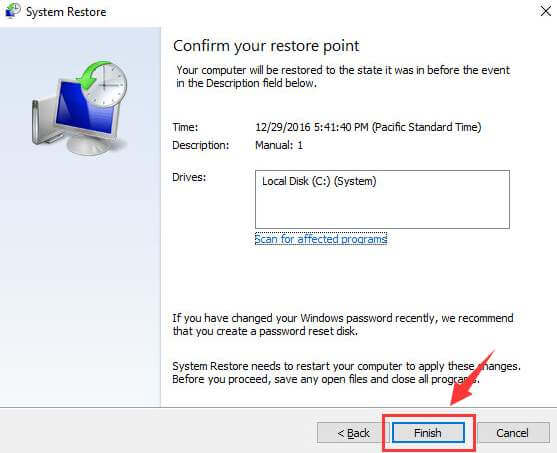It is already possible to run ARM-based Windows 10 through the QEMU emulator and Parallels Desktop virtualization software , furthering Federighi's statement. If you have an Intel-based Mac, your best choices for installing a virtual Windows machine are Parallels Desktop ($79.99 for Standard Edition) and VMware Fusion ($199 for VMware Fusion 12 Pro). On an Apple Silicon-based Mac , Parallels Desktop is your top option. VMware Fusion is friendly enough for any experienced Windows or Mac user, but it's more suitable for corporate use.
If you want to run complex software such as the Windows version of Excel or any high-end game, then you need to set up a virtual Windows system, sometimes known as a virtual machine . You can run this virtual system entirely inside a macOS app. The VM behaves as if it's running on real hardware with a real hard drive; it just runs a bit slower than a Windows system running on physical hardware.
The reason for the slower performance is that this method requires you to run an entire Windows system in the background in addition to the app you want to use. The utility also installs a Windows Control Panel applet for selecting the default boot operating system. In case your computer doesn't have enough RAM to handle the virtual machine and macOS together, Parallels can also process tasks on your hard drive instead. This could potentially degrade the performance, but it's certainly a better option than freezing your system.
There are predefined profiles, too, for different workflows, such as "Productivity" and "Gaming," that you can pick instead of fine-tuning memory and CPU allocation. Macs have never been great for gaming, and the situation has gotten worse after Apple dropped support for all 32-bit apps and games with macOS Big Sur. Parallels Desktop improves the situation significantly for Mac gamers, and it's quite fascinating to see Win32 games being emulated on Windows 11 on ARM, all running in a virtual machine on a Mac.
You would imagine that there would be a significant performance cost, but a competitive multiplayer game like Overwatch runs just fine on an M1 Mac. What about Boot Camp, Apple's long-standing option for running a Windows system on a separate partition on an Intel-based Mac? Boot Camp still exists, but Apple has effectively stopped supporting it. And Boot Camp has a major inconvenience; you have to shut down your macOS system and restart it every time you want to run Windows. There's no integration between macOS and your Windows partition, either. Boot Camp won't let you run a Mac app and a Windows app at the same time or transfer files between systems quickly, for example.
If you have an Apple Silicon Mac, don't even think about Boot Camp. Regardless of whether you choose Parallels or VMWare, set aside about 20 minutes to install Windows and 30GB or more of disk space on your system. This is where the other option, known as virtualisation, can come in handy. For more options see best virtual machine software for Mac. Microsoft allows anyone to download Windows 10 for free and install it without a product key. Whether you want to install Windows 10 in Boot Camp, put it on an old computer that isn't eligible for a free upgrade, or create one or more virtual machines, you don't actually need to pay a cent.
You can also attempt to install CloudReady in a virtual machine, but it's not officially supported. Unfortunately, popular VM app VirtualBox won't work properly with CloudReady due to graphics compatibility issues. Microsoft just didn't officially allow you to download Windows without a product key, and there was no way to fully upgrade to a licensed system from within Windows. It's like a free demo, and you can use it to make all the virtual machines you like for testing purposes. Boot Camp doesn't allow you to easily transfer content between OS X and Windows partitions like virtual machines do, and you can't run the two operating systems simultaneously. But it does give Windows full access to the processing power of your Mac.
It's also completely free , and a shared Dropbox / Google Drive / OneDrive folder can make data transfers a bit easier. Learning how to install Windows on Mac is pretty easy for supported Mac computers. It's the best way to make the most out of both operating systems without investing too much money. Of course, if you opt for a virtual machine, you may very well invest a little into the task. That's because virtual machines like Parallels do cost money to download on macOS. VMware Fusion (now in version 12 - read our VMware Fusion 12 review) is a little more complicated, as it displays a window with a lot of settings that might seem a bit daunting to first time users.
Most Mac users will not need, nor get any amazing benefit from using Bootcamp. … These products create a virtual machine on your Mac that allows you to run almost any OS. There is a performance hit due to running both your client OS and the MacOS at the same time. PCs are more easily upgraded and have more options for different components. A Mac, if it's upgradeable, can upgrade only memory and the storage drive. A PC user can select from many motherboards, processors, storage drives, video cards, graphics cards, audio cards, and memory.
This enables PC users to build a custom machine, or upgrade an existing machine quickly and easily. Are you looking to run Windows apps on your Mac computer? You bought a Mac because of the design and functionality, but there is no native Mac version of your favorite PC game or productivity app. So do you install the latest Windows 10 on your macOS so you can use that one app?
You know you don't want to have to use a second computer for a single program and there's no way you're switching to a PC full-time. In this article I weigh out your options for running your Windows apps on a Mac. After checking for the support, now you need to download the Windows 10 on your Mac. If you are installing Windows 10 for the first time, then you would need a product key consisting of 25 digits. Also, make it sure that you have backed up your Mac to prevent data lost if something bad happens. But once you have a Windows license you will still need to choose a way of installing Windows on a Mac.
Depending on the solution chosen, this could add up to $150 in additional license costs since virtual machine software can come with its own fees. Of course, there are ways to eliminate that cost by using Boot Camp or VirtualBox, both of which are free solutions to this problem. But like with any freeware, they each have their own benefits and downsides. Once your Mac has installed Windows and the necessary drivers, your Mac will be up and running with Windows 10.
Now, you might think that you're finished and that you somehow installed Windows 10 for free, but nope you still need to purchase a Windows 10 product key. Once you sign in to your Microsoft account (create one if you don't own one), you can launch the Microsoft Store and search for Windows 10 Home or Pro. Then you can enter your credit card details and purchase a legitimate copy of Windows 10. Once you've done that, you can use Windows entirely and indefinitely. When you want to switch back to macOS, just turn off your Mac and then hold down the option key when pressing the power button. Both Parallels and VMware Fusion let you create a virtual system by cloning an existing desktop system across a network, but it's a lot simpler to install a fresh copy of Windows.
Users of Intel-based Macs can download the standard Windows ISO file from Microsoft and rely on Parallels or Fusion to install Windows correctly from there. M1 Mac users must register for the Windows Insider Preview program and download the ARM version of Windows 10. Only Parallels supports the ARM version, but it has no trouble configuring your Windows VM with that version on an Apple Silicon Mac.
Parallels recently announced support for Windows 11 on M1 Macs, but again, for the ARM version only. Next, download and install Parallels Desktop if you don't already have it. At the end of the installation, the program tells you that you need an installation image with an ARM-based operating system. Click the link for "How to download Windows 10 on ARM Insider Preview" for documentation and a video that explain the process.
At the Create New screen, click the button for "Install Windows or another OS from a DVD or image file." Click Continue . You may still be running your computer on Windows 7 or 8, and if so now's the time to buy Windows 10. This isn't just a performance update, Windows 10 brings new features and security settings to your machine that are crucial to getting your work done in today's operating systems. From the ease of the Cortana assistant to the speed boost you'll notice instantly, upgrading your older system to Windows 10 will be well worth your while. They provide several options for creating a new VM on your Mac, using an installer disk, or ISO file. Windows 7 Professional $250 Under Windows license terms, the only option a normal consumer has for Windows 7 in a VM on a Mac is what's called a Full Packaged Product license.
You can find it discounted from legitimate resellers for roughly $250, so let's use that price. Both the desktops can stay in sync as well, which means the active Windows programs will appear on the macOS dock. Similarly, you can access Mac files from the Windows File Explorer, and Mac apps will be available in Windows' "Open-with" menu.
Keep in mind this is a virtual machine, which basically means the VirtualBox app is functioning as a virtual computer on top of your existing Mac. For a true native Windows experience on a Mac, you'd want to install Windows with Boot Camp as a side-by-side bootable operating system, we'll cover that separately here if that interests you. You can create an unlimited number of virtual machines from a single VMware Fusion license.
You will need to provide the required operating system software and license for each installation of a virtual machine. Instead of installing a bottler app or virtual machine, Mac users can install Microsoft's Remote Desktop app. However, this requires a connection to another PC that already has Windows installed and allows remote access. If you pick Boot Camp, then it's perfectly fine – the most authentic Windows experience will be yours. But at the same time, you will need to sacrifice storage space on the limited capacity startup disk, which with Boot Camp is a minimum of 40GB.
But while virtual machines are more flexible, the required storage can grow exponentially as you continue to use Windows. One of the most popular virtual machine programs for Mac is Parallels Desktop. It's been around for a long time and is kept up to date with support for the latest computers and operating systems. Apple has offered Boot Camp since it first introduced Intel Macs back in the mid-2000s. Boot Camp comes built into macOS on Intel Macs and makes it dead simple to install a copy of Windows on a separate partition on your Mac.
Boot Camp keeps Windows entirely separate from your installation of macOS. But some users might want to use the two operating systems at the same time. Parallels allows you to run Windows within a window in macOS and allows you to add Windows apps to your Mac dock. However, if you want to install Windows on Mac for commercial purposes, it's going to cost you $149. In addition, there's also a pro version that costs $199 that has more extensive features.
You can also upgrade to the pro version from previous versions for $79. You can choose Boot Camp or a virtual machine, but are hidden costs in performance for both options. Although there are other virtual machines are available, Parallels is by far the easiest way to install Windows 10 on Mac. Parallels has been around for many years and the installation process in the latest version of Parallels is now so automated and refined then it even downloads and install Windows 10 for you.
You don't even need to purchase it to try it – you can download a free trial of Parallels instead. Once you're inside the Windows 11 virtual machine, there's little for you to set up. Parallels automatically shares your macOS profile's data with the VM, such as Wi-Fi and printer settings. On top of that, it offers a host of handy tools so that you can adjust the experience depending on your demands. That's courtesy of Parallels, the virtualization software whose latest update makes booting up Windows 11 in a window on an M1 Mac as simple as downloading an app.
It skirts Windows 11's mandatory TPM chip requirement with a virtual alternative that's enough to trick the OS into believing you're using it on a compatible machine. For those seriously interested in virtual machines, Parallels performance is significantly better, as is VMWare. But, both of those are paid applications, making them better for enterprise or work environments. But VirtualBox is free, so it's a good place to get started and try things out, to see if having a VM makes sense for your environment. If you're enjoying this VirtualBox experience, you may be pleased to discover that you can run many other operating systems in the virtual machine environment as well. Once you have partitioned the hard drive, click on Install and that should be a happy moment for you.
Now, your Mac will restart several times and it would take a while to install all the components for Windows 10. You would also be prompted to insert the Product Key you got for yourself. On the next screen, boot camp assistant will ask you to select the ISO image file of Windows 10 which you downloaded before. Select that ISO file and also select the destination USB drive where you want to load all the Windows 10 and boot camp files required to proceed further.
Click Continue and it will start loading all the required files and in a few minutes, it will create a bootable Windows 10 USB. Choose Runafter the download to make sure your hardware is compatible. Then Accept and Install to agree to the licensing terms and begin the installation. When the program is finished installing, you'll be prompted to restart your computer.
Your PC might restart several times during the process of finishing the installation, so don't be alarmed. There are many factors which can influence the amount of time required to install a virtual machine. Factors such as free disk space and computer account privileges can potentially result in this process taking additional time.
Please allow enough time to troubleshoot any issues that you may encounter. I suspect that many of you are wondering if you can install Windows 11 on your Mac. Technically, you can with some workarounds, but Microsoft isn't officially supporting Macs with Windows 11.
This is because Apple doesn't enable the TPM 2.0 chip that comes with Intel processors inside of its Intel-based machines. For now, it looks like the only official way that Windows 11 might be able to work on an Intel Mac is with a virtual machine. Microsoft has, fortunately, announced that it is working with Parallels to enable support for Windows 11 on the Mac.
Just begin the installation process and install Windows 10 like you normally would. You may be asked to enter a product key later in the process, too–if you are, just look for a similar small link to skip that screen. CodeWeaver's CrossOver costs $59.95 with free upgrades for a year; its setup is effortless and automated. With CrossOver, you can search a built-in database for the app you want to run or browse through a list of compatible apps. After you select an app, CrossOver either downloads it or provides a download link. You then follow a few prompts and CrossOver creates a bottle (prepare for a lot of wine-related terminology) that runs your app.





























